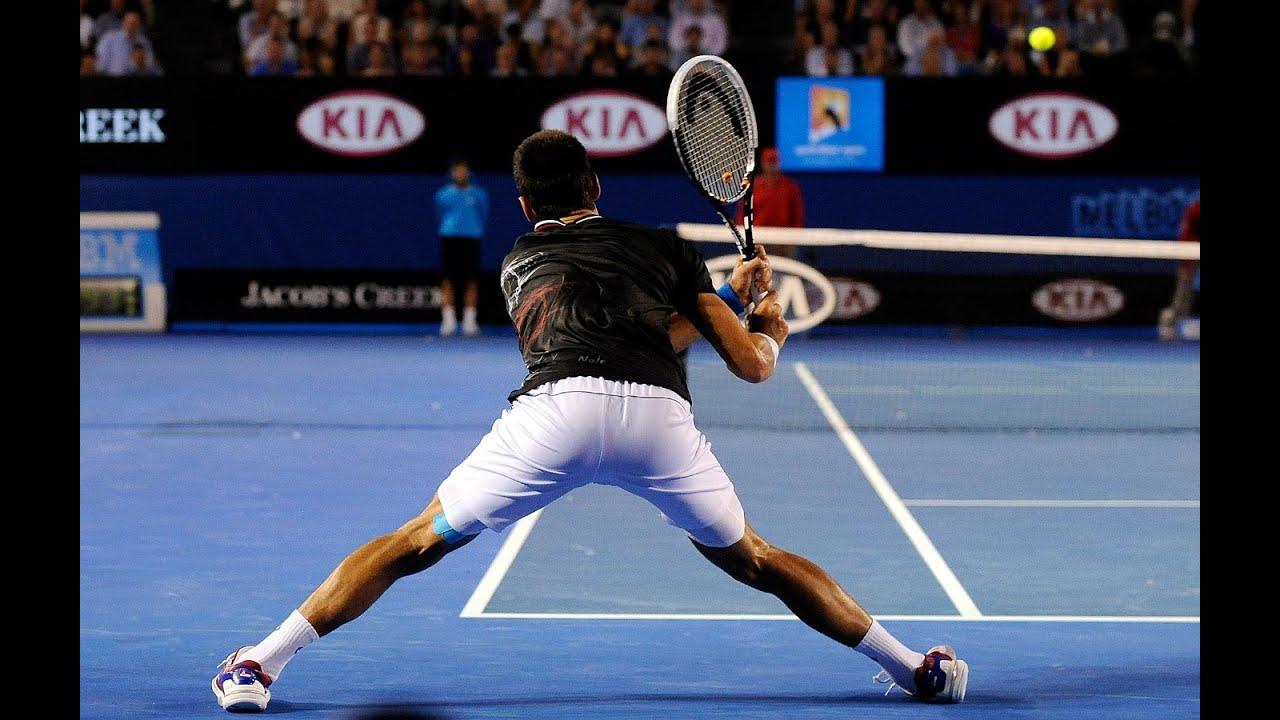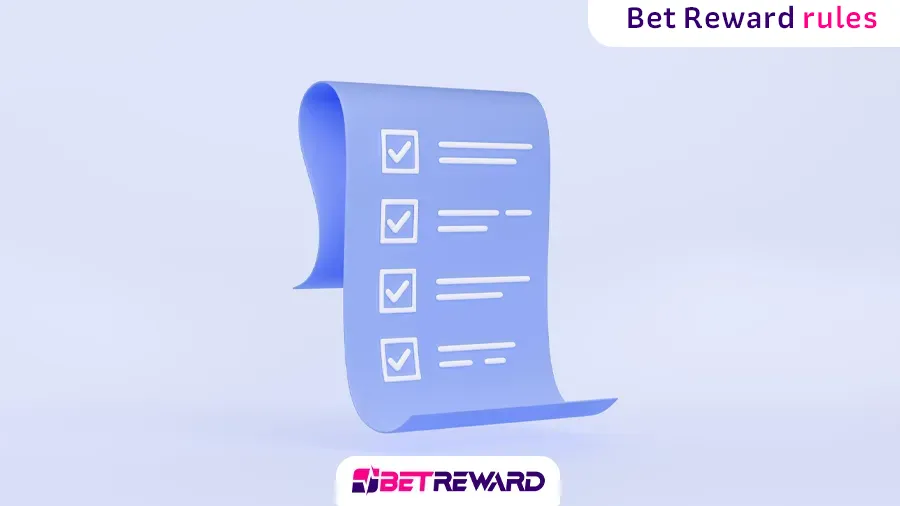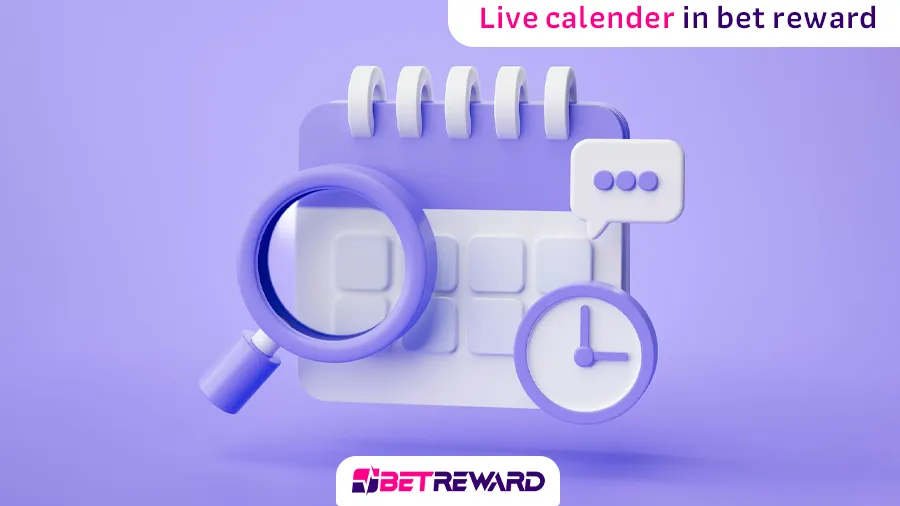Unlocking the Game: A Guide to Tennis Return Serve Betting
As the crisp sound of a ball connecting with a racket fills the air, tennis emerges not just as a sport but as a strategic battleground. The anticipation builds with each serve, and for spectators and punters alike, the stakes can soar beyond the scoreline. Tennis return serve betting has garnered increasing attention, captivating those who wish to add a layer of excitement to their viewing experience. This form of wagering delves into the intricacies of the game, where each return can pivot the match in unexpected directions. In this article, we will explore the dynamics of return serves, the nuances of betting strategies, and how understanding player styles can enhance your approach. Whether you are a seasoned bettor or a curious newcomer, join us as we serve up insights into this exhilarating aspect of tennis wagering.
Table of Contents
- Understanding the Mechanics of the Return Serve in Tennis
- Analyzing Player Statistics for Smarter Betting Decisions
- Exploring Surface Impact on Return Serve Performance
- Developing a Betting Strategy Focused on Return Serves
- Q&A
- Closing Remarks

Understanding the Mechanics of the Return Serve in Tennis
The return serve is a critical aspect of tennis that can significantly influence the outcome of a match. To effectively counter the server’s advantages, a player must understand the principles of timing and positioning. Anticipating the type of serve—be it a flat, slice, or kick—allows the returner to adjust their stance and grip accordingly. The key elements to focus on include:
- Eye Coordination: Tracking the ball from the serve to the racket is essential for accurate returns.
- Footwork: Quick and precise movements enable a player to get into the optimal position to return the serve.
- Racket Angle: Adjusting the racket’s angle based on the serve type can help in controlling the return placement.
Moreover, a returner must not only focus on their technique but also on reading the server’s body language and serve patterns. This insight can offer a tactical advantage, enabling a player to predict the server’s forthcoming attempts. Considerations include:
- Serve Speed: Understanding the server’s speed can dictate whether to stand closer or further behind the baseline.
- Spin Dynamics: Identifying the spin on the serve guides a player on how to react—whether to slice, drive, or loop their return.
- Opponent Strategy: Observing the server’s previous patterns can unveil weaknesses and inform the return strategy.
Analyzing Player Statistics for Smarter Betting Decisions
When it comes to evaluating player statistics for betting on tennis return serves, one must delve into a plethora of data points that highlight a player’s performance under various circumstances. Key metrics to examine include:
- First Serve Percentage: A high first serve percentage can dramatically influence a player’s return game.
- Return Success Rate: This measures how often a player successfully returns serves, providing insight into their overall agility and prediction of serve placement.
- Break Point Converted: Analyzing how often players convert break points can be telling of their mental fortitude and execution under pressure.
Furthermore, contextual factors should be assessed, such as the surface of play, head-to-head matchups, and recent form. Specific statistics such as:
| Player | First Serve % | Return Success % | Break Points Converted % |
|---|---|---|---|
| Player A | 68% | 45% | 55% |
| Player B | 73% | 52% | 62% |
This combination of player statistics along with an understanding of their play style forms a comprehensive basis for making informed betting decisions. By leveraging resources like betreward.com, bettors can stay updated on the latest player insights and adjust their strategies accordingly.
Exploring Surface Impact on Return Serve Performance
When analyzing the nuances of return serve performance, one cannot overlook the significant influence of the court surface. Different surfaces—such as hard, clay, and grass—present unique challenges and advantages that can sway the outcome of a match. For instance, hard courts typically offer a consistent bounce, facilitating faster reactions and encouraging aggressive return strategies. In contrast, the unpredictable nature of clay courts often leads to longer rallies, demanding more patience and tactical finesse from the returner. This interplay between surface characteristics and player skill set is a critical consideration for those indulging in betting on return serves.
Interestingly, data suggests that player preferences and historical performances on various surfaces can inform betting decisions. Factors to consider include:
- Player Track Record: How a player has fared on specific surfaces in previous encounters can provide insights.
- Serve Speed: The speed of the opponent’s serve might interact differently with surface type, affecting return success rates.
- Surface-Specific Strategies: Some players may excel at utilizing spin or pace according to surface conditions.
To enhance your strategy, consider the following table that summarizes the surface effects on return serve statistics:
| Surface Type | Average Return Success Rate (%) | Best Player Example |
|---|---|---|
| Hard | 65 | Novak Djokovic |
| Clay | 58 | Rafael Nadal |
| Grass | 62 | Roger Federer |
For more in-depth analysis and insights on return serve performance across different surfaces, visit betreward.com.
Developing a Betting Strategy Focused on Return Serves
When crafting a betting strategy centered around return serves, it’s crucial to analyze player statistics and match conditions comprehensively. Focus on key metrics such as first serve percentage, return points won, and break points converted. Understanding a player’s historical performance against specific opponents on various surfaces can uncover valuable insights. Consider the impact of external factors like weather conditions and court speed, as these variables can significantly influence a player’s return game. Tracking recent form is equally essential, as players can undergo fluctuations in performance that affect their return abilities.
To enhance your strategy, create a checklist of factors to evaluate before placing your bets. For instance, you might include elements like:
- Head-to-head matchups: Analyze how the players have performed against each other in the past.
- Recent Matches: Review the players’ last few matches to assess their current form.
- Serve Types: Understand the return challenges presented by different serve styles.
By synthesizing these data points, you can make more informed betting decisions that leverage the dynamics of return serves. A systematic approach to betting, focusing on the intricacies of each player’s return capabilities, not only increases your chances of success but also enhances your overall betting experience. For further insights and resources, visit betreward.com.
Q&A
Q&A: Understanding Tennis Return Serve Betting
Q1: What is tennis return serve betting?
A1: Tennis return serve betting is a specialized type of wagering that focuses specifically on the outcome of a player’s return during service games. Rather than betting on the match result or set scores, bettors can place wagers on specific scenarios linked to the return of serve, such as whether a player will win a point on their opponent’s serve or the number of returns that will result in an ace.
Q2: How does it differ from traditional tennis betting?
A2: Traditional tennis betting typically revolves around the overall match outcome, set outcomes, or player match statistics like games won. In contrast, return serve betting hones in on the specific action of returning a serve, allowing bettors to analyze patterns in a player’s performance during serve games, which can be particularly useful when targeting individual strengths and weaknesses.
Q3: What factors should bettors consider when placing return serve bets?
A3: Bettors should evaluate various aspects, including the players’ historical head-to-head performance, serve efficiency, surface type (hard court, clay, or grass), and the player’s return game statistics. Conditions such as weather, fatigue levels, and even psychological factors can also influence performance and should be taken into account.
Q4: Are there specific strategies for successful return serve betting?
A4: Yes! One effective strategy is to analyze players’ performance on different surfaces, as some excel at returning serves on specific courts. Moreover, betting on players known for their strong return games against those with inconsistent serves can increase the likelihood of favorable outcomes. Keeping track of recent form, injury status, and match-specific conditions can also enhance betting decisions.
Q5: Can return serve betting be profitable?
A5: While all forms of betting carry risks, return serve betting can be profitable for informed bettors. By focusing on specific in-game actions and leveraging analysis of player tendencies, bettors may identify valuable opportunities. As with any betting strategy, thorough research and disciplined bankroll management are crucial to achieving long-term profitability.
Q6: Is return serve betting suitable for all types of bettors?
A6: Return serve betting is most appealing to those who enjoy detailed analysis and are comfortable with more granular betting options. It requires a good understanding of tennis, as well as patience to monitor players’ performance over time. Beginners may find it beneficial to start with more conventional betting styles before venturing into the intricacies of return serve betting.
Q7: What resources can help bettors enhance their return serve betting strategy?
A7: Bettors can utilize various resources, including statistical databases, match history reports, and expert analyses from reputable sports betting platforms. Additionally, engaging in online forums and communities can provide insights from experienced bettors. Watching matches regularly also helps bettors develop an intuition for players’ performance dynamics related to serve returns.
Q8: Where can one place return serve bets?
A8: Most established online sportsbooks and betting platforms offer a variety of specialized betting options, including return serve bets. It’s essential to ensure that the chosen platform is reputable and legally operating in your region, providing a secure environment for placing bets.
By understanding these fundamental aspects of tennis return serve betting, bettors can make informed decisions and potentially enhance their overall betting experience. Happy betting!
Closing Remarks
the landscape of tennis return serve betting presents a unique blend of strategy and excitement for both seasoned bettors and newcomers alike. By understanding the nuances of serve dynamics, player statistics, and court conditions, enthusiasts can enhance their betting experience while adding a layer of engagement to the matches they watch. As you prepare to place your bets, remember that informed decisions stem from comprehensive research and a keen awareness of the players’ performances. Whether you’re a die-hard tennis fan or simply looking to try your hand at sports betting, return serve betting offers a thrilling avenue to deepen your appreciation of the game. So, lace up your sneakers, grab your racquet, and may your betting endeavors be as rewarding as a perfectly executed return!








One Response